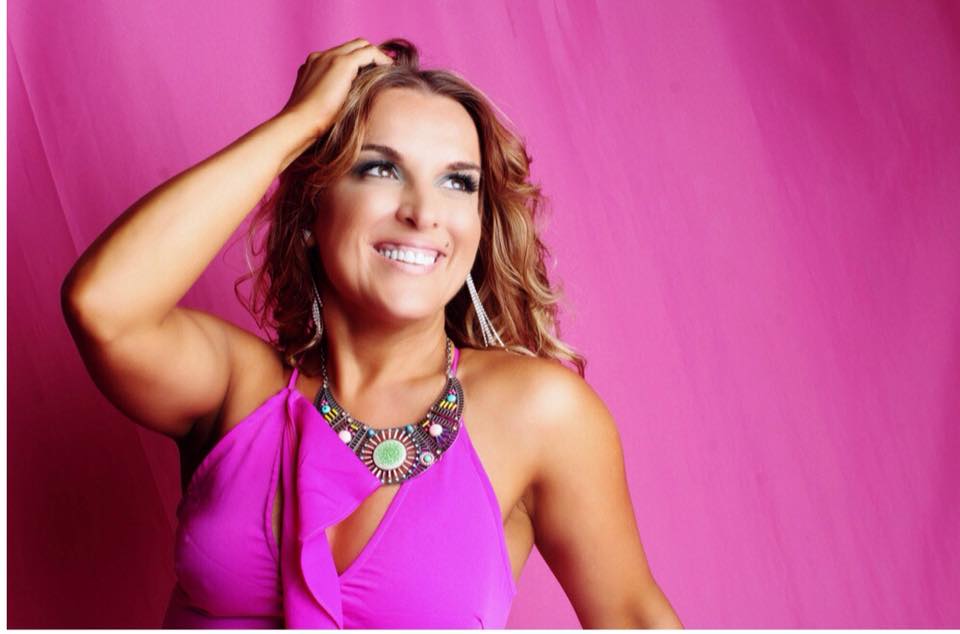IT’S HERE! BY YOUR SIDE, A Guide for Caring for the Dying at Home
I’m excited to announce my newest resource, By Your Side, A Guide for Caring for the Dying at Home. It is written for the family caregiver, who is caring for their loved one approaching end of life from old age or disease. The person who may be caring for their mother or father who is elderly and coming to the end of their life. Or a person who is caring for a partner who has a life threatening illness. It is also a much needed tool for those caring for a loved one who is approaching end of life from dementia.
Last year my husband became ill. I spent several weeks taking care of him. He recovered, BUT I WAS EXHAUSTED! Taking care of him as his primary caregiver was not only hard work, it was emotionally draining. He did not die, nor was I expecting him to, BUT being the caregiver caring for an 88 year old with a serious illness made me think about what other caregivers, with more serious life threatening illnesses must be feeling.
I’m a nurse and trained in the medical arena. I knew the questions to ask, the nutrition to try (operative word there is “try”) to get him to eat, the fluid intake and output to watch for. I knew a lot and still I was struggling.
I‘ve looked back on those weeks and thought if I can feel this way with my knowledge how does a person who has the same responsibilities with no training or knowledge provide care? How do they do this alone? Add to that the idea that death may be the end result of this Caregiving and you add fear to all the feelings the caregiver is experiencing.
SO—-I took my decades of working in hospice and the end of life field, my experiences of caring for my own parents in my home, and my new experience of being a caregiver for my husband and wrote what I would tell someone who was thrust by life circumstances into the position of caring for someone who may not get better. Caring for them in their home for an undetermined amount of time and with few resources available to them.
I started with the premise that taking care of someone as the end of their life approaches is not the same as taking care of someone who is going to get better. BUT most people don’t know that. Most caregivers provide the care they would if someone were getting better—nutrition, sleeping, conversations, activity. We know what the guidelines are for getting better, most of us do not know the guidelines for caring for someone who probably isn’t going to get better.
By Your Side offers guidance in the area of making choices: cure, life sustaining, comfort care, making advanced directives, and funeral planning. It details signs of approaching death (what to look for and what to do about what you find), describes end of life care at home, medical equipment, oxygen, pain management, care of someone with dementia at end of life, and very importantly how to take care of yourself as you fulfill your role as caregiver. How you need to put your oxygen mask on first, as the airlines tell us, so we have the breath, the energy, to help another.
While caring for Jack I noticed my memory just disappeared, that I was not remembering important areas of his care. I was not only not remembering occurrences to report to the doctor but really simple things—-Did he poop today? How many times did he pee? Did he eat, Sleep all day? I created a worksheet for myself that I filled as the day progressed. I then took the sheets with me to the doctor. I believe the worksheet which I’ve include is simple, comprehensive, and you’ll find it helpful in being organized in providing care.
The journey of caring for your special person will be challenging and exhausting. My hope is that with this guidebook and the support of others (family, community, and professionals) this experience will be a special time for you that will become a sacred memory.
Something More… about It’s Here! By Your Side, A Guide for Caring for the Dying at Home
I want to encourage my dear end-of life Doulas to use this book as a tool for the families they work with. This book covers how to write an advance directive, to how to get medical equipment and even how to care for yourself as a caregiver. There are “Daily Care Plan” forms and pain management guidance. This is a valuable offering for you to support your families.
Originally Published on https://bkbooks.com/blogs/something-to-think-about
























